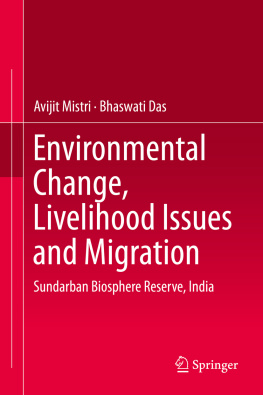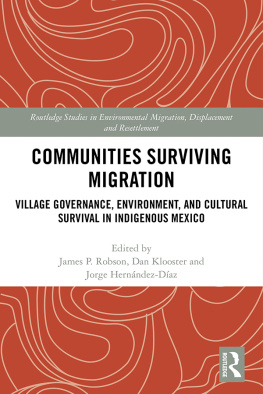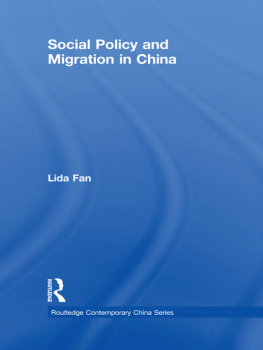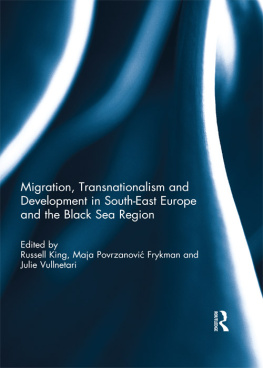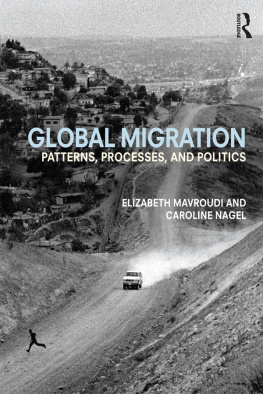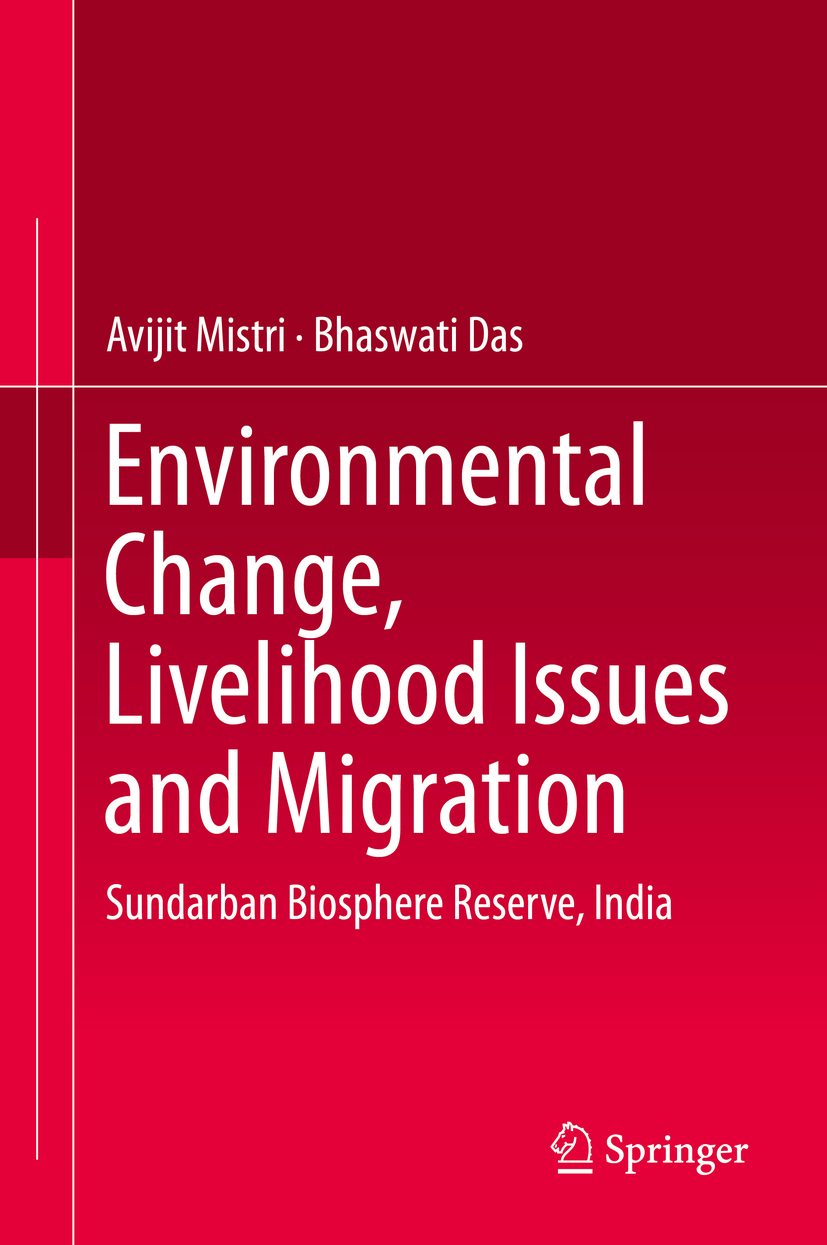Avijit Mistri
Department of Geography, Nistarini College, Purulia, West Bengal, India
Bhaswati Das
Centre for the Study of Regional Development, School of Social Sciences, Jawaharlal Nehru University, New Delhi, Delhi, India
ISBN 978-981-13-8734-0 e-ISBN 978-981-13-8735-7
https://doi.org/10.1007/978-981-13-8735-7
Springer Nature Singapore Pte Ltd. 2020
This work is subject to copyright. All rights are reserved by the Publisher, whether the whole or part of the material is concerned, specifically the rights of translation, reprinting, reuse of illustrations, recitation, broadcasting, reproduction on microfilms or in any other physical way, and transmission or information storage and retrieval, electronic adaptation, computer software, or by similar or dissimilar methodology now known or hereafter developed.
The use of general descriptive names, registered names, trademarks, service marks, etc. in this publication does not imply, even in the absence of a specific statement, that such names are exempt from the relevant protective laws and regulations and therefore free for general use.
The publisher, the authors, and the editors are safe to assume that the advice and information in this book are believed to be true and accurate at the date of publication. Neither the publisher nor the authors or the editors give a warranty, express or implied, with respect to the material contained herein or for any errors or omissions that may have been made. The publisher remains neutral with regard to jurisdictional claims in published maps and institutional affiliations.
This Springer imprint is published by the registered company Springer Nature Singapore Pte Ltd.
The registered company address is: 152 Beach Road, #21-01/04 Gateway East, Singapore 189721, Singapore
Foreword
With the climate change, climate-induced migration is a growing concern, especially in the low-lying coastal areas and islands in the developing countries. India is one of the most vulnerable countries to climate change due to high exposure on multiple fronts along with low adaptive capacity. The Himalayas with its vast glaciers in the north and north-east, around 70 million hectares of forest areas with rich natural endowments, and 7,000-km-long coastline with 14.2% (171 million) of Indian population and 13 metro cities expose India to be more vulnerable than any other places. This book deals with empirical data of Indian Sundarban, which is a coastal location, an island setup, and contains magnificent biodiversity which demands out-standing universal values in the front of climate change. Drawing on the field investigation, this book Environmental Change, Livelihood Issues and Migration: Sundarban Biosphere Reserve, India argues that environmental change in Sundarban affects the livelihood of the islanders and their perceived risk; lack of job opportunities, development deficits, livelihood conflict with environmental legislation, and strategy of migration are widely discussed with empirical rigour. This book is organised into nine chapters and seeks to contribute to the study of climate change and migration nexus which is very challenging due to data limitation and methodology abstruseness. The study reflects the development potential through cyclic migration a policy intervention to facilitate it on one hand and conservation of biosphere reserve on the other hand. In general, it is a good research work blending both the quantitative and qualitative approach.
I hope that this publication will add to the knowledge of potential scholars, researchers and policymakers regarding the emerging sub-branch of migration study that is environmental migration. I congratulate both the authors, Dr. Mistri and Dr. Das, for carrying on the mammoth task and hope many more works in the future.
S. Irudaya Rajan

